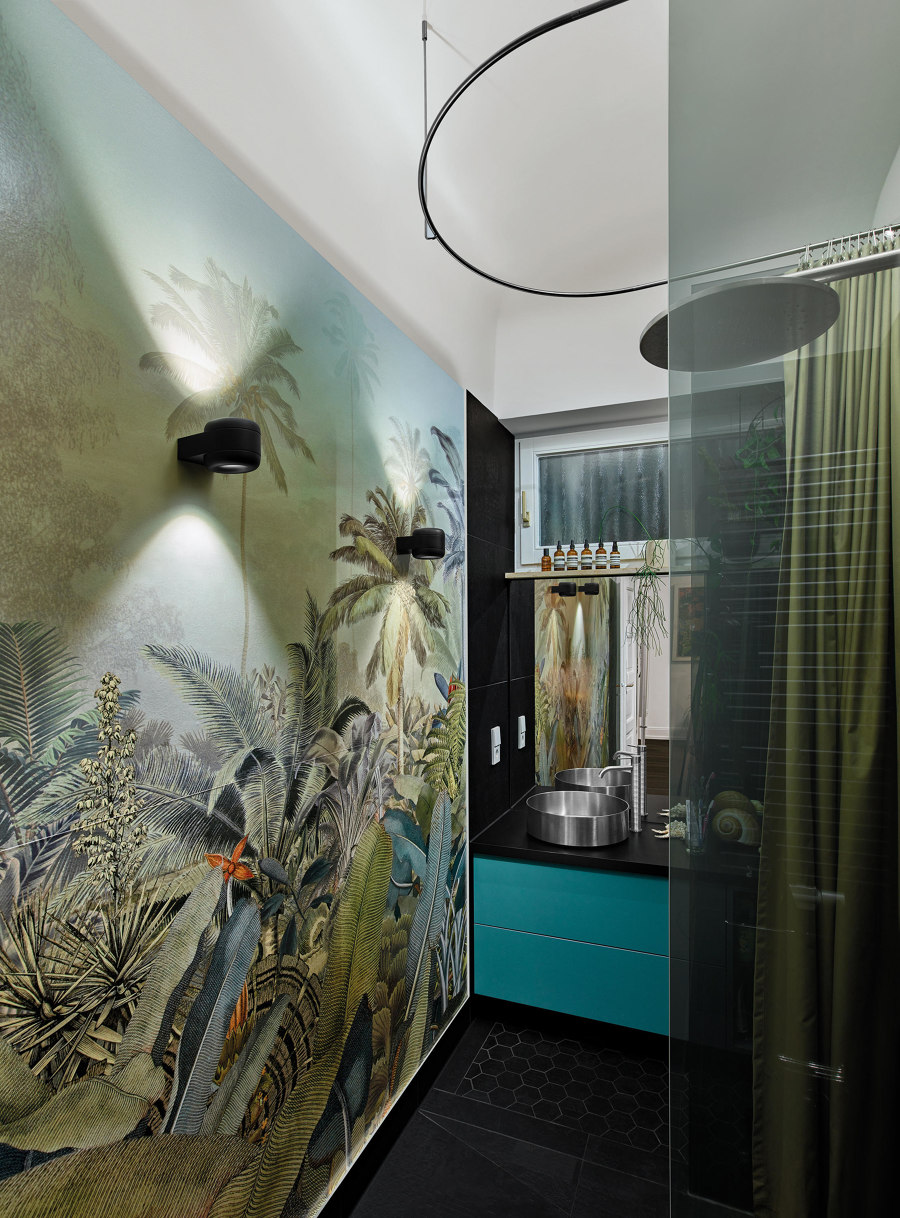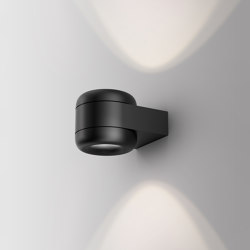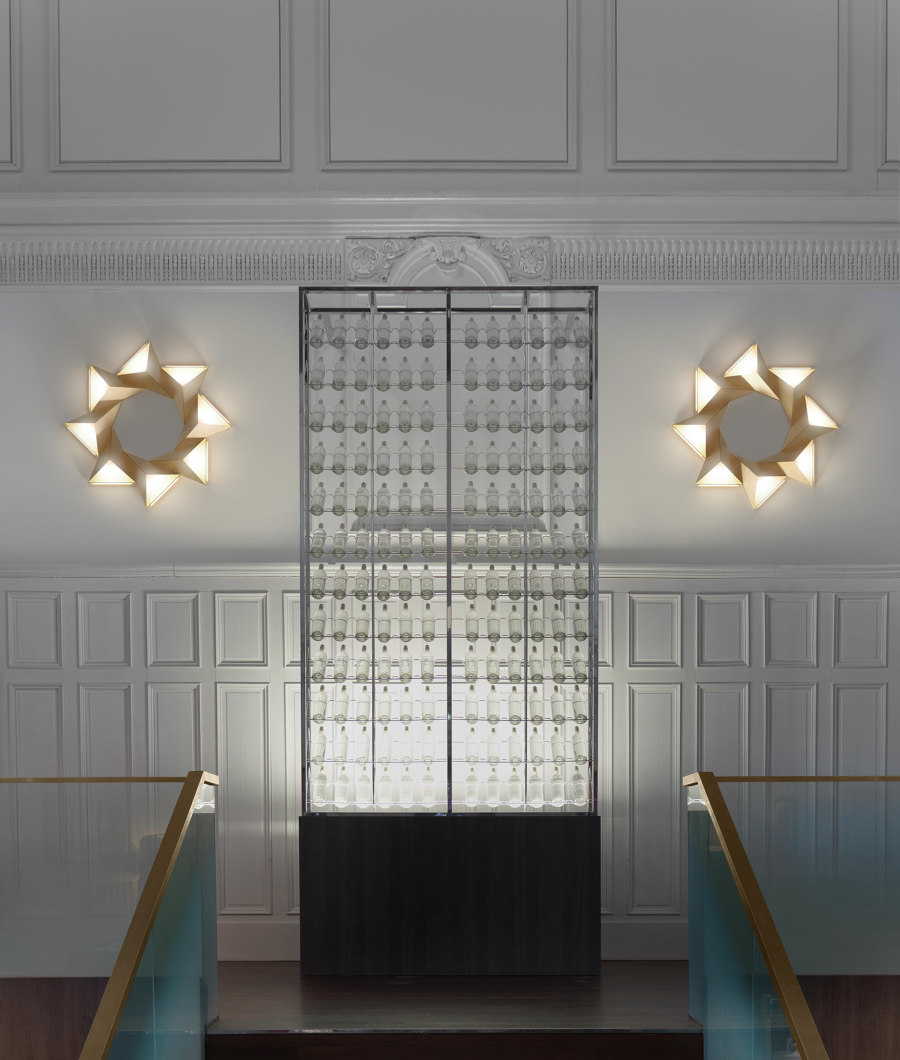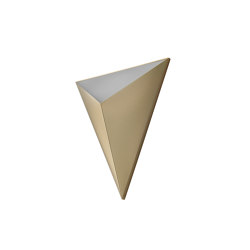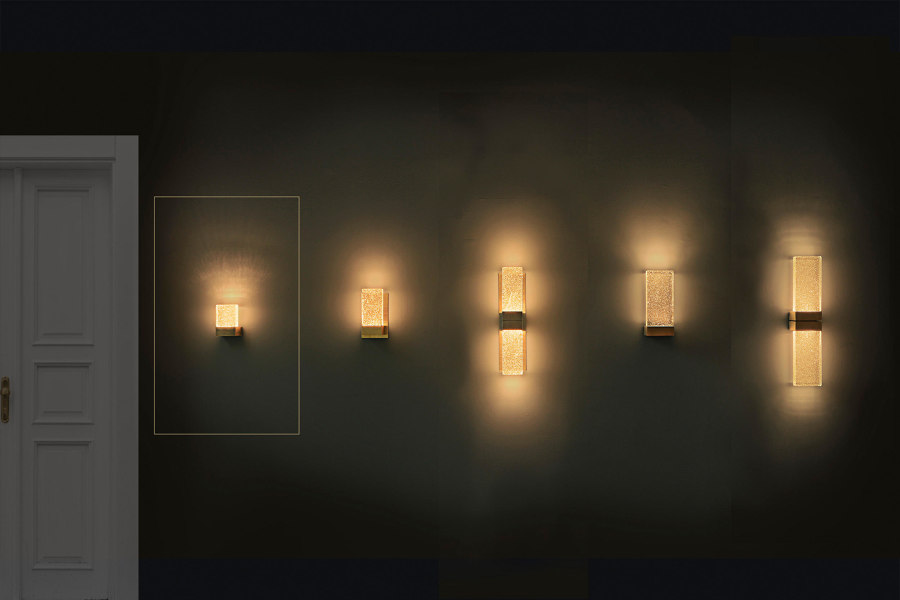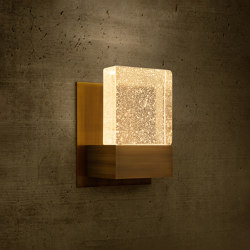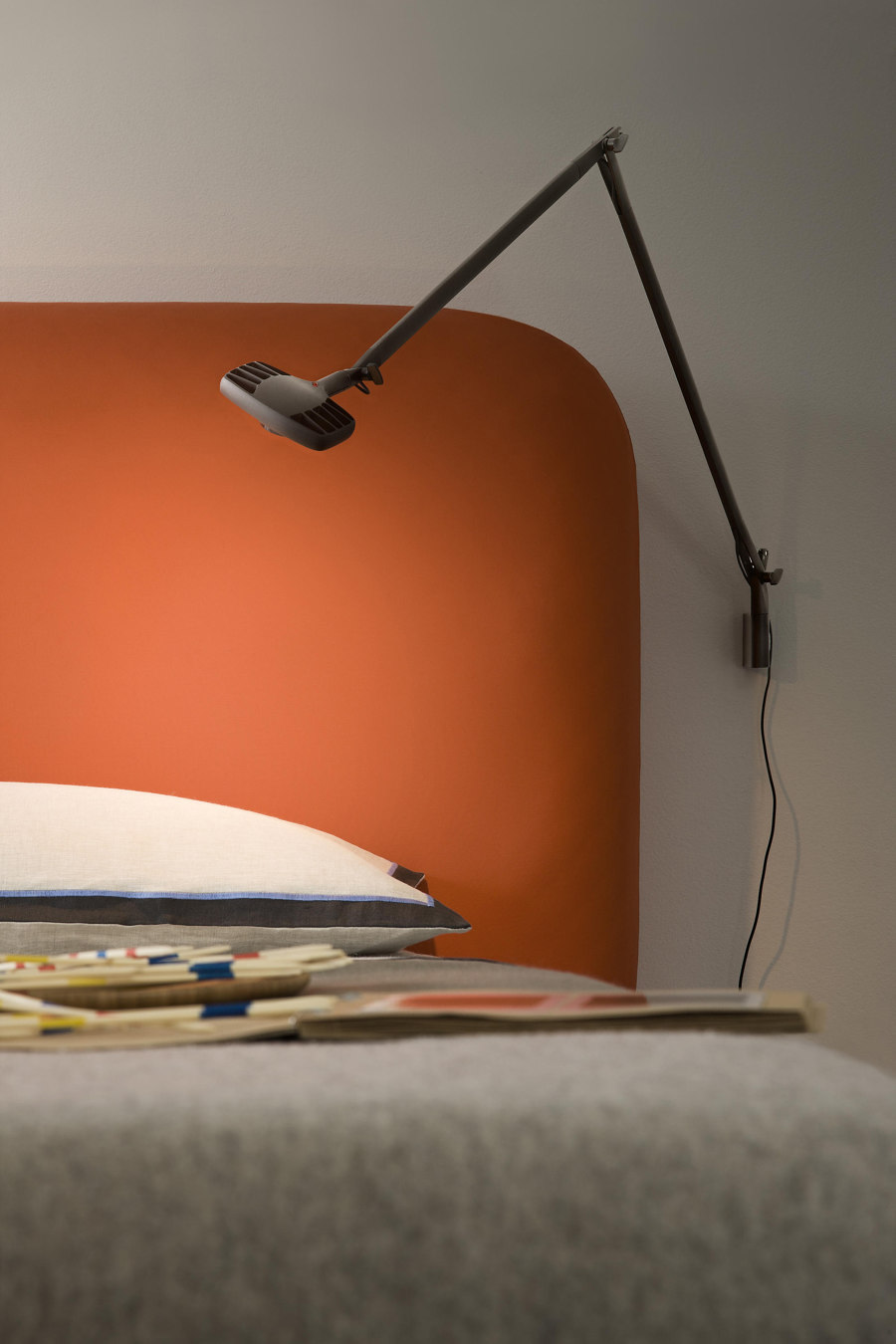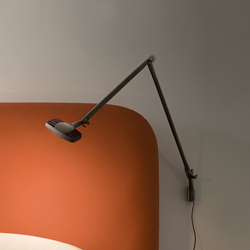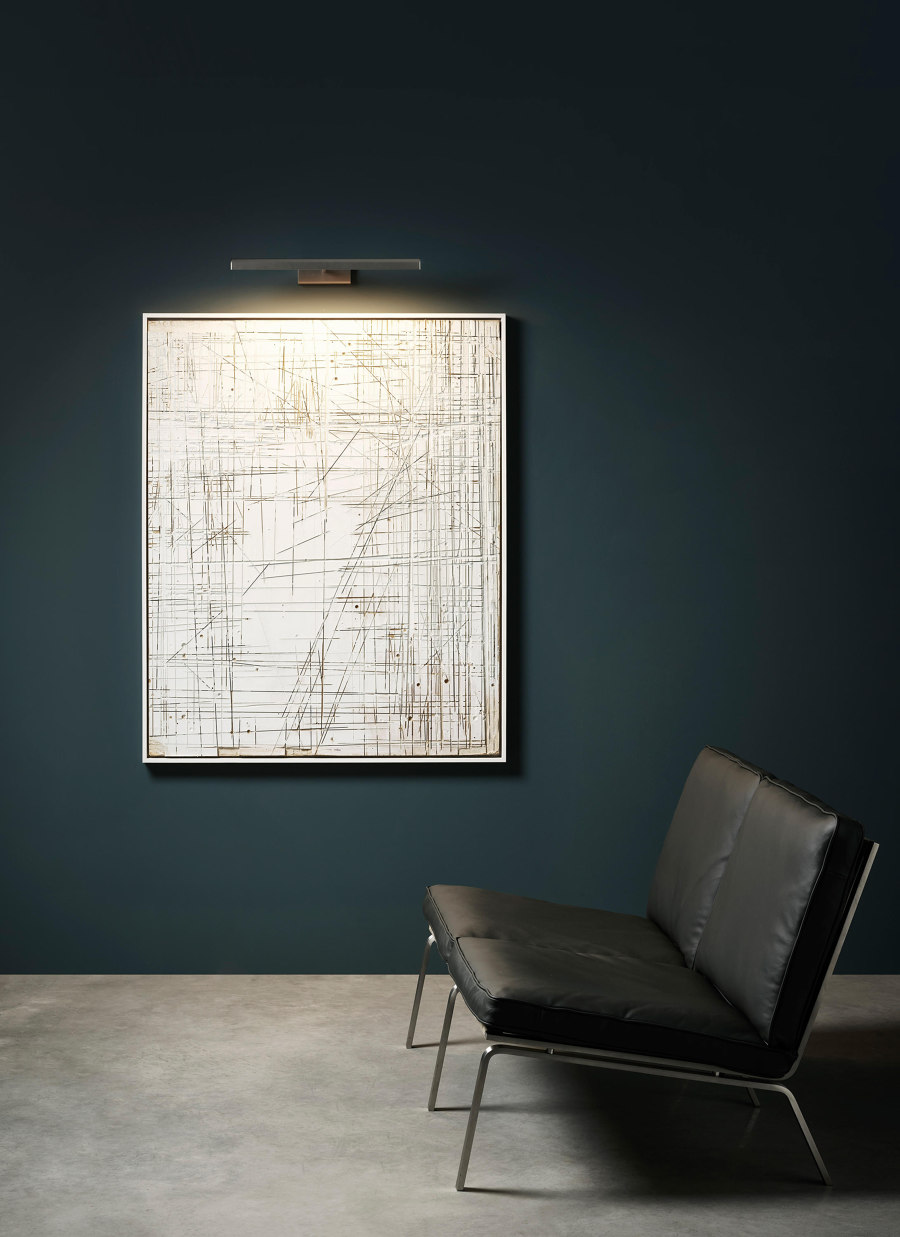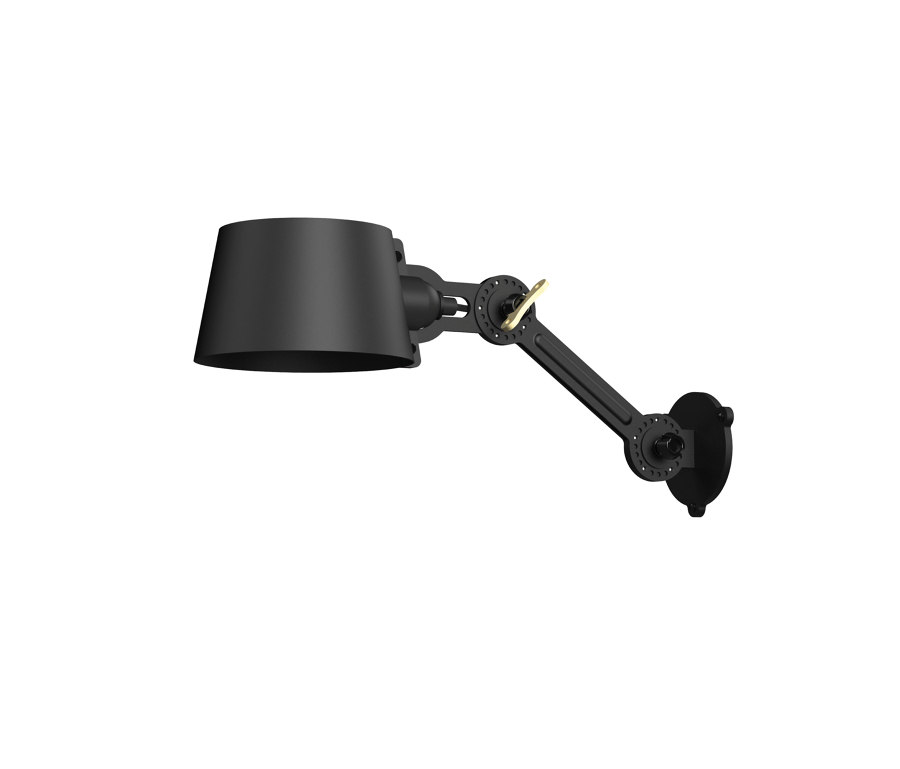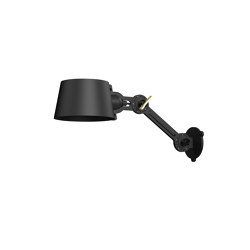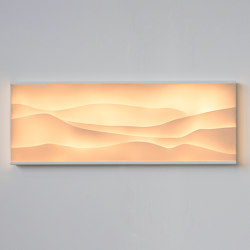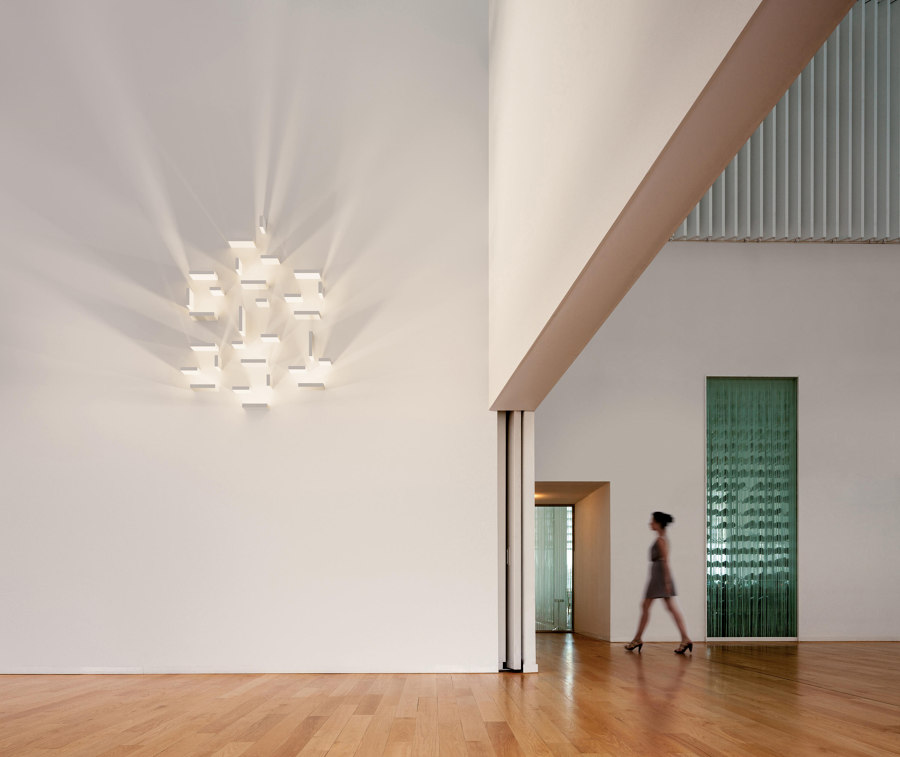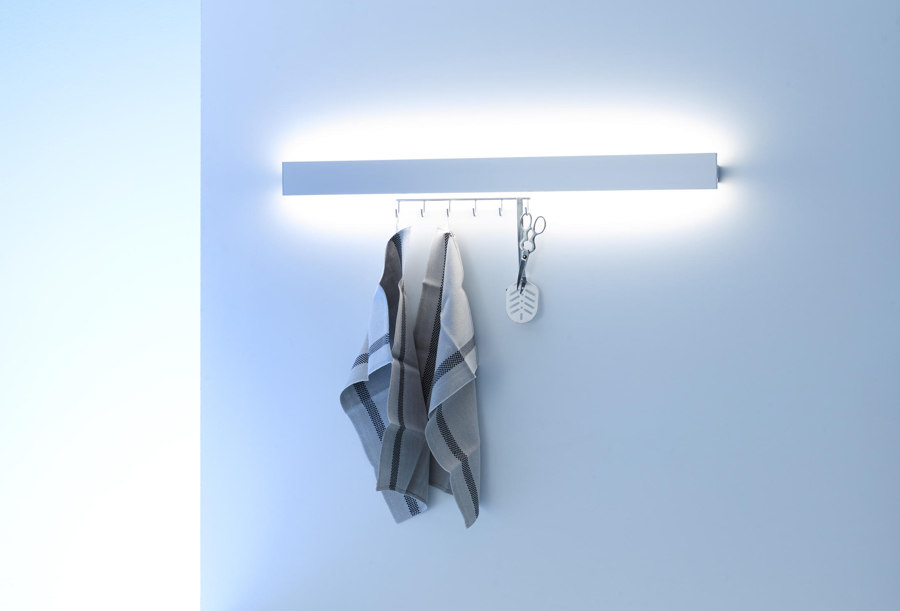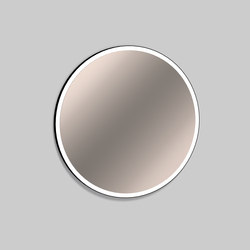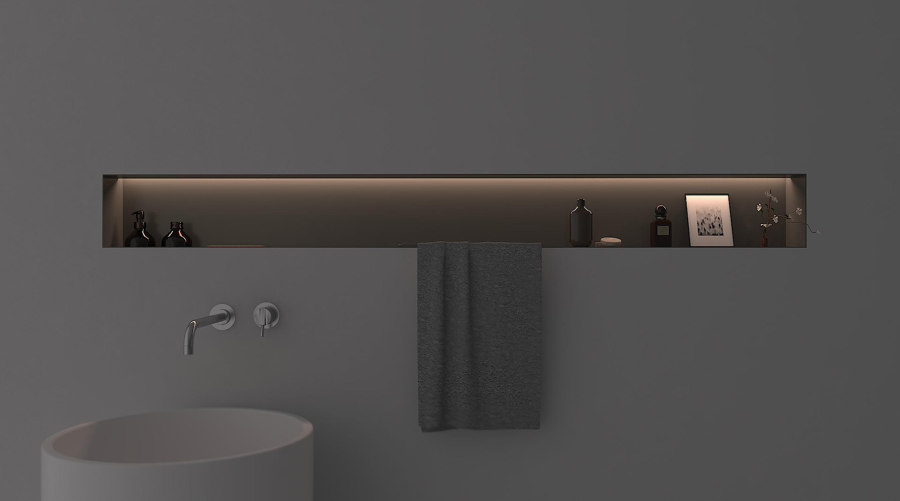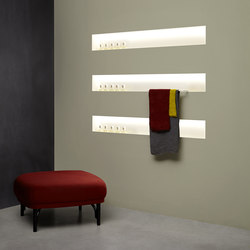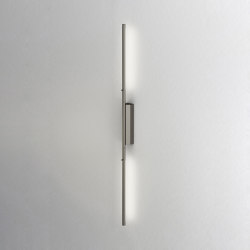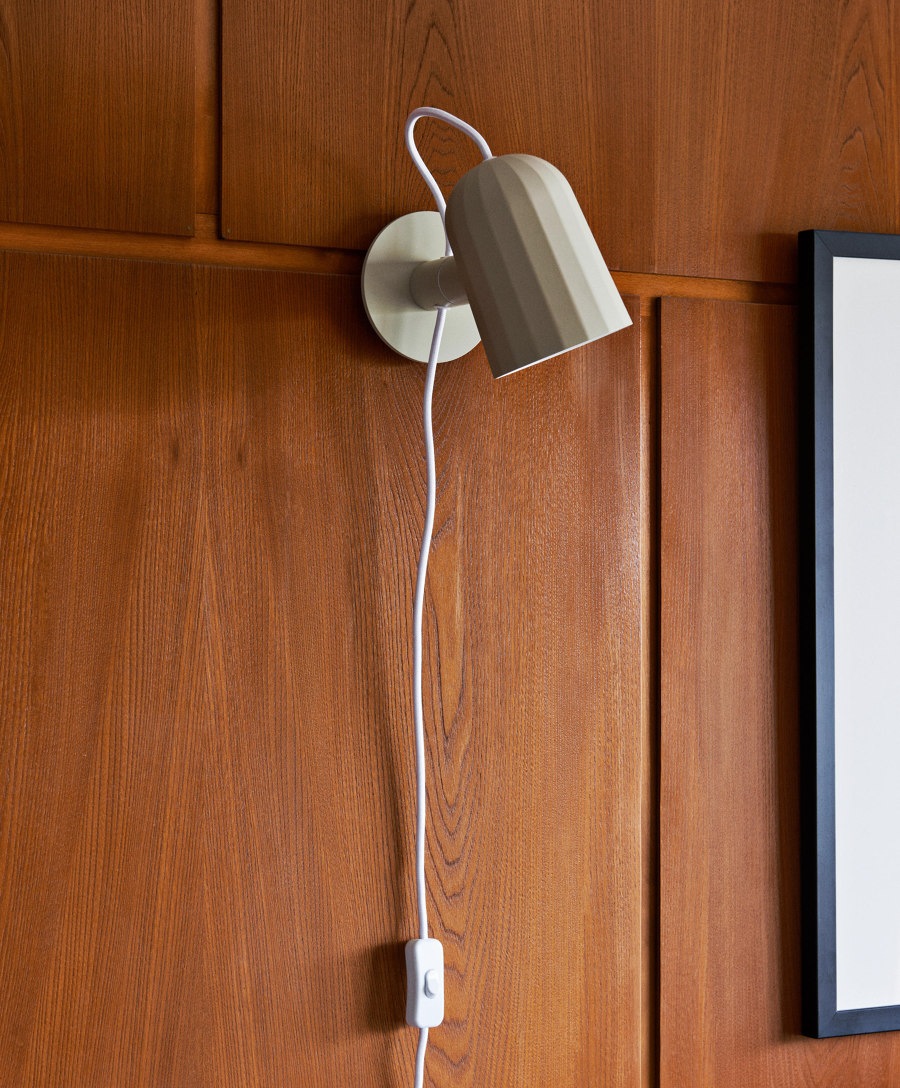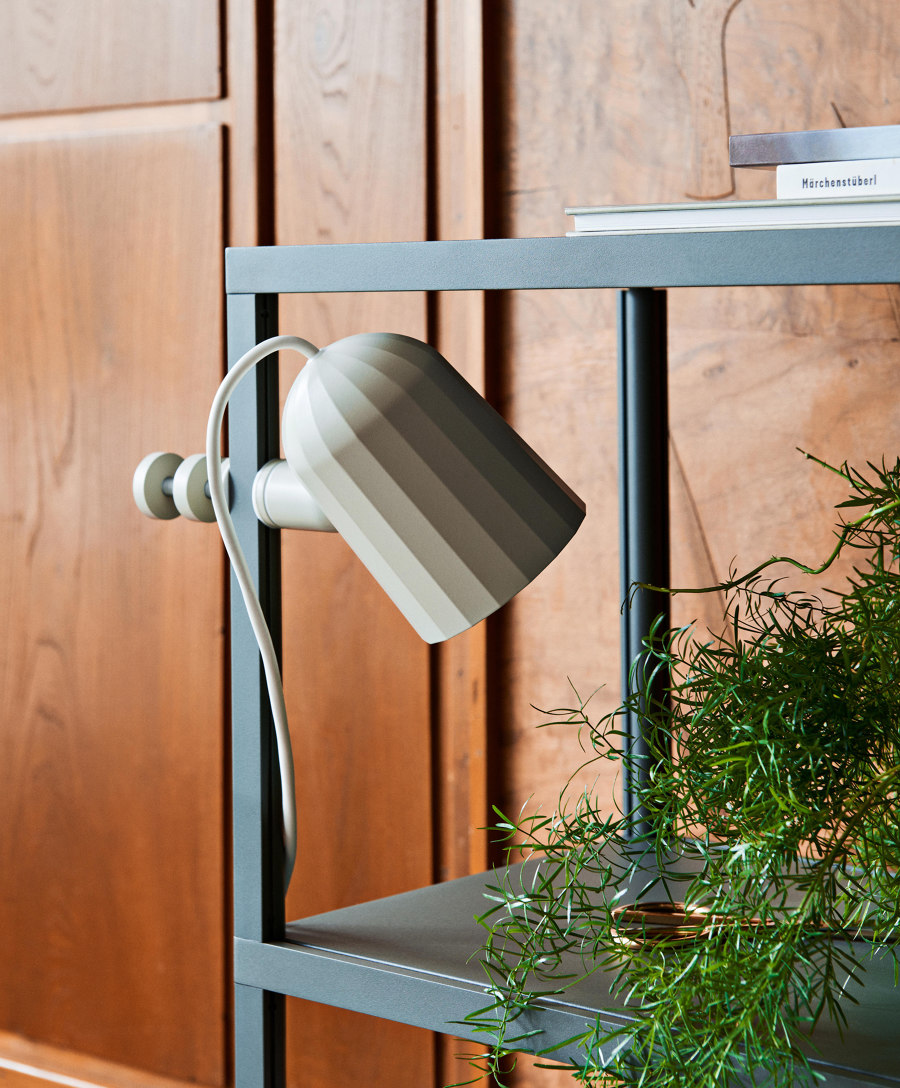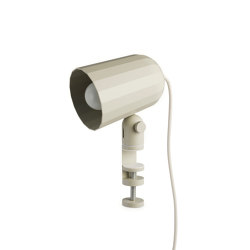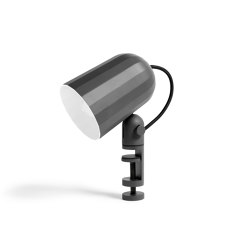Six reasons wall lamps take light to the edge and back
Texte par James Wormald
21.08.23
Using wall lights to extend the reach of a room’s layered lighting scheme, designers can increase its size, look and usefulness by highlighting the parts we want to see, while keeping the rest in the dark.
Wall lights expand the size of a room by highlighting its edges. The Lens Oval lights by lzf create a noticeable feature with a reflective surface at their centre, seeming like a perforated hole in the wall
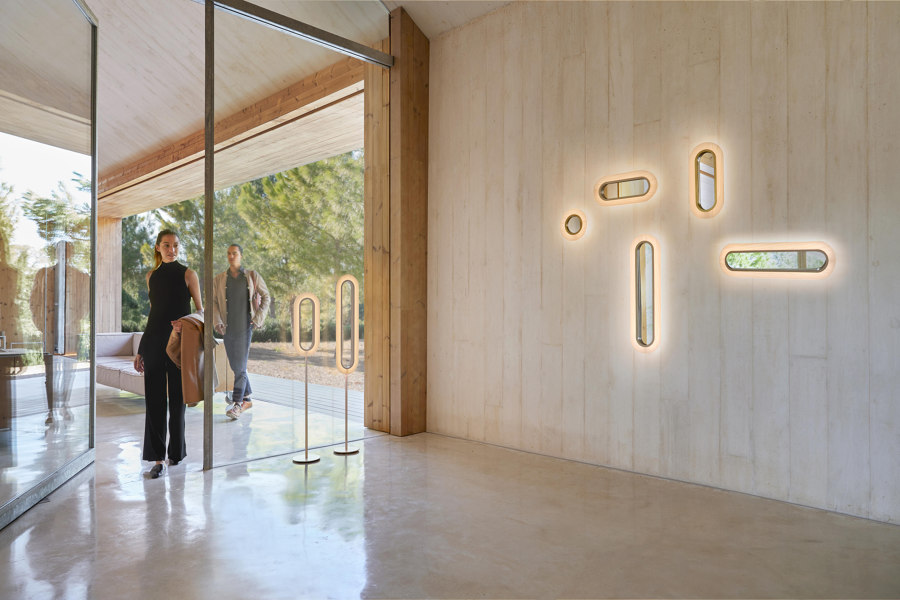
Wall lights expand the size of a room by highlighting its edges. The Lens Oval lights by lzf create a noticeable feature with a reflective surface at their centre, seeming like a perforated hole in the wall
×When a room relies solely on central pendants to serve its lighting needs, they’re commonly placed with maximum efficiency in mind – to reach as much of the space, while using as few fixtures, as possible. In this attempt to treat all a room’s corners fairly, however, pendants alone can often fail to serve any of them effectively.
In contrast to this, wall-set lamps and sconces start the lighting narrative from the outside, and work their way in, serving a room’s outer edges first and foremost, and extending visible space to its maximum. Along with this low-cost expansion, meanwhile, there are many other functional and decorative aspects to lowering lighting onto the wall.
CAVITY wall up and down lights from series.lighting (top), creative Tétra light shapes from CVL Luminaires (middle) and delightful ‘see through’ Lens Oval lights from lzf (bottom)
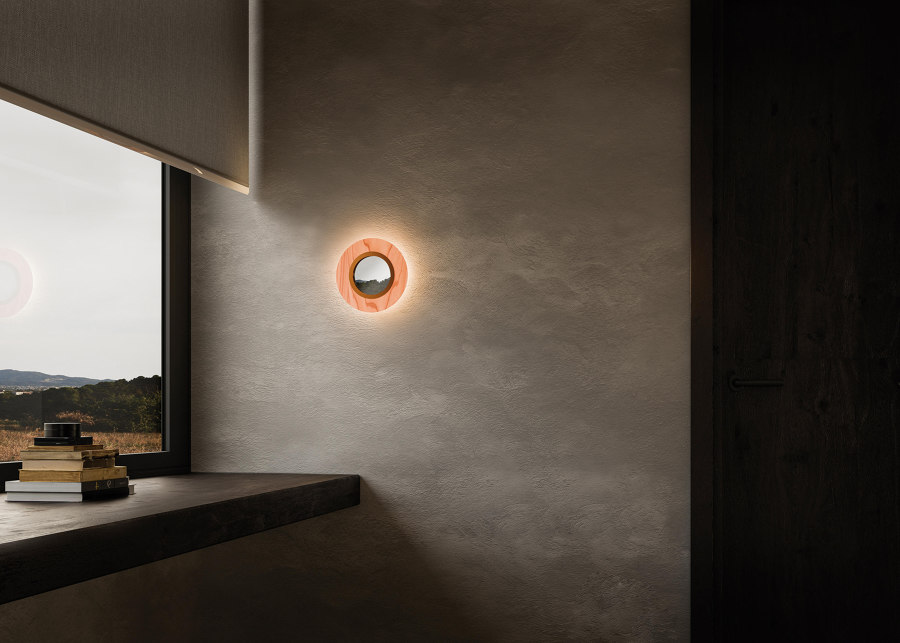
CAVITY wall up and down lights from series.lighting (top), creative Tétra light shapes from CVL Luminaires (middle) and delightful ‘see through’ Lens Oval lights from lzf (bottom)
×Shine a light on creativity
Most of the useful functions and activities that take place in a room tend to occur around its edge. Seating, appliances, work surfaces and storage spaces, for example, are almost always positioned against the edge of a room, with central sections only used to pass between them. So why not fill these outer edges with light, colour and creativity?
Most of the useful functions and activities in a room occur around its edge
By lighting up the wall with simple up or down sconces like the CAVITY Wall lights from serien.lighting, designers have more freedom to select bolder patterns and brighter colours, knowing their detail won’t be lost in shadow. Alternatively, the sleek Tétra wall lights from CVL Luminaires can be used to create sculptural patterns that illuminate the wall’s surface even when turned off. The Lens Oval lights, meanwhile, from lzf, circle light around a reflective mirror at their centre, seemingly cutting a hole in the wall to create a delightful feature.
MASSIFCENTRAL’s PETIT PAPILLON wall sconces give a soft, warm glow (top), Luceplan’s Otto Watt with adjustable strength and temperature (middle) and Dots’ ambient and focused light (bottom) from Vibia

MASSIFCENTRAL’s PETIT PAPILLON wall sconces give a soft, warm glow (top), Luceplan’s Otto Watt with adjustable strength and temperature (middle) and Dots’ ambient and focused light (bottom) from Vibia
×Light the way to a restful night
Whether it’s to find our glasses in the early morning, to find our way to the bathroom in the middle of the night or to find the route to bed the night before, bedside lamps give off enough light to see, without harshly startling us awake. In fixing a soft, gentle bedside light like the PETIT PAPILLON from MASSIFCENTRAL to the wall, however, the need for bedside table space is reduced, and minimalist bedroom areas can retain their clean, calming look.
With adjustable colour temperature and a dimmer function, Luceplan’s Otto Watt arm positions either soft and glowing or more focused reading light anywhere the user needs. Alternatively, meanwhile, the Dots wall lights from Vibia also provide a choice of soft light from a surrounding halo, as well as reading light through a more directional beam.
Astro Lighting’s simple, adjustable picture light Renoir (top), Tonone’s BOLT Wall lamp with featured wing nut (middle) and Cordula Kafka’s artistic porcelain Daylight Landscape panel (bottom)

Astro Lighting’s simple, adjustable picture light Renoir (top), Tonone’s BOLT Wall lamp with featured wing nut (middle) and Cordula Kafka’s artistic porcelain Daylight Landscape panel (bottom)
×Direct attention onto the wall
Artwork is a great way to engage with and bring emotion to a space, but what use is it if it can’t be seen? The elegantly simple Renoir picture light from Astro Lighting keeps a well-viewed masterpiece out of an appreciator’s shadow, without hogging the limelight for itself.
The perfect angle from which to light art is said to be 30 degrees. But this can often depend on the size of the frame and the texture of the piece. Renoir features a 55-degree-wide adjustable tilt, allowing one to get the angle just right, while the BOLT Wall light from Tonone makes a contrasting feature of its adjustable head and arm, with a contrasting wing nut.
The perfect angle from which to light art is said to be 30 degrees
What’s the point of a picture light, meanwhile, if you have no admirable art to present? Daylight, from Cordula Kafka, is a relief panel made from porcelain, backlit to produce an engaging image of a landscape or dramatic sky, and serves as both a light and a piece of modern art in itself.
Vibia’s Set Small Wall lights create angles of light and shadow (top), while Gera’s Coat Rack light (middle) and Alape’s SP.FR1000.R1 dimmable illuminated mirror (bottom) both serve double functions
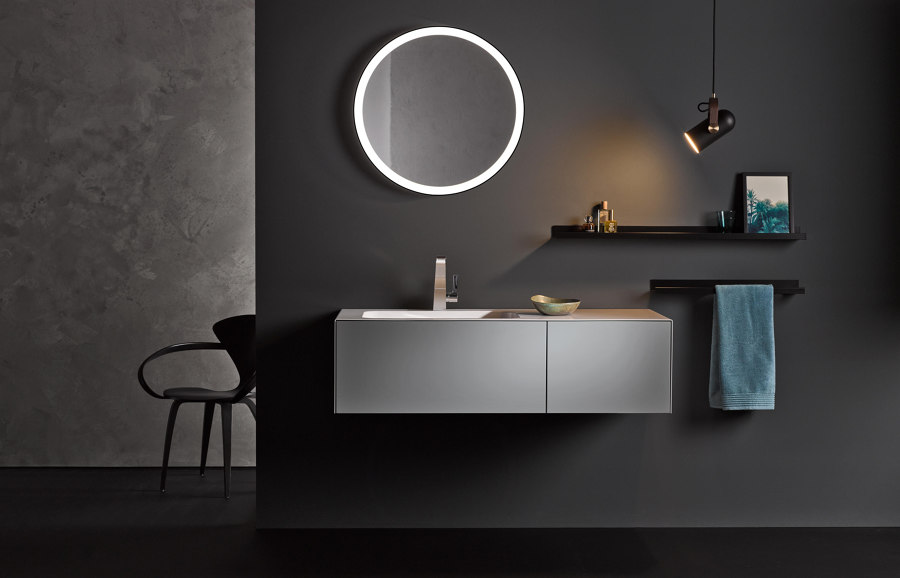
Vibia’s Set Small Wall lights create angles of light and shadow (top), while Gera’s Coat Rack light (middle) and Alape’s SP.FR1000.R1 dimmable illuminated mirror (bottom) both serve double functions
×Serve more than one function
In the modern home, where space and materials are carefully considered at every turn, products with only one function are somewhat of a waste. Similar to how Cordula Kafka’s Daylight panel lights up its own artwork, Vibia’s Set Small Wall Lamp arrangement is an extremely simple set of decorative shelves which allow the user to arrange their own sculptural art piece, by positioning one uplight underneath other similar-looking fixtures, the collection of forms generate a canvas of light and shadow. Gera’s Coat Rack light, meanwhile, combines both its named functions with efficiency and grace, and Alape’s SP.FR1000.R1 illuminated mirror provides bright light for close-up facial work, while the dimmable light can also give bathrooms a soft, luxurious glow.
anotniolupi’s Ombra bathroom wall niche lights (top) and CVL Luminaire’s Link wall lights (bottom) both add a subtle glow to a calming bathroom’s lighting scheme
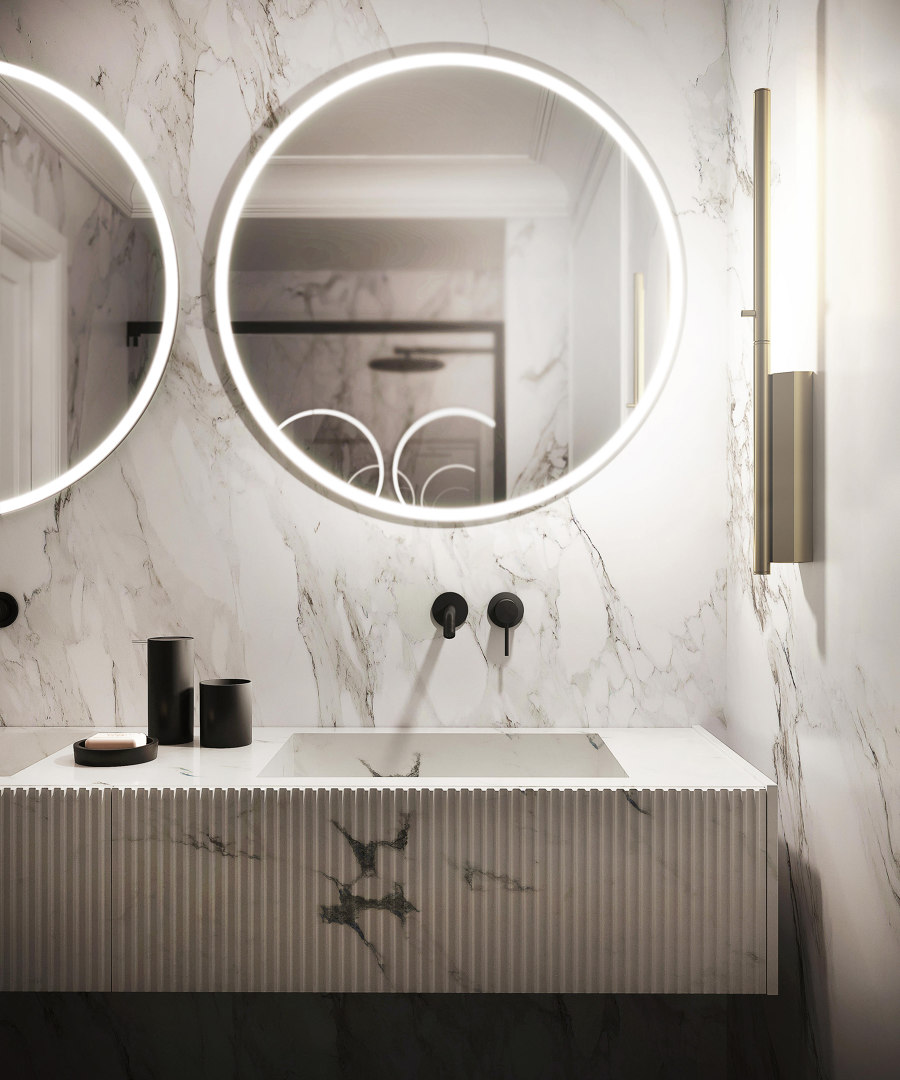
anotniolupi’s Ombra bathroom wall niche lights (top) and CVL Luminaire’s Link wall lights (bottom) both add a subtle glow to a calming bathroom’s lighting scheme
×Multi-purpose layered bathroom lighting
Bathrooms tend to have complex lighting needs. As often the smallest rooms in the house – with little-to-no natural light – the application of artificial light is of greater importance. So while bright lighting helps our heads feel more awake than our bodies at the start of the day, and bright task lighting helps us to present ourselves at our best, when softer lighting is an option, bathrooms are more suitable locations for relaxed evenings or welcoming visits between sleep. Meaning additional ambient solutions are a sensible part of a layered lighting scheme. Niches such as Ombra bathroom shelving from antoniolupi and soft rear-facing wall lights like Link from CVL Luminaires set a glow against the wall underneath or behind, allowing bathrooms to remain fully functional at any time of day.
The Noc Wall light (top) brings light and character permanently to the edge of a space, while the Noc Clamp light (middle, bottom) allows users to move the light as often as they move furniture
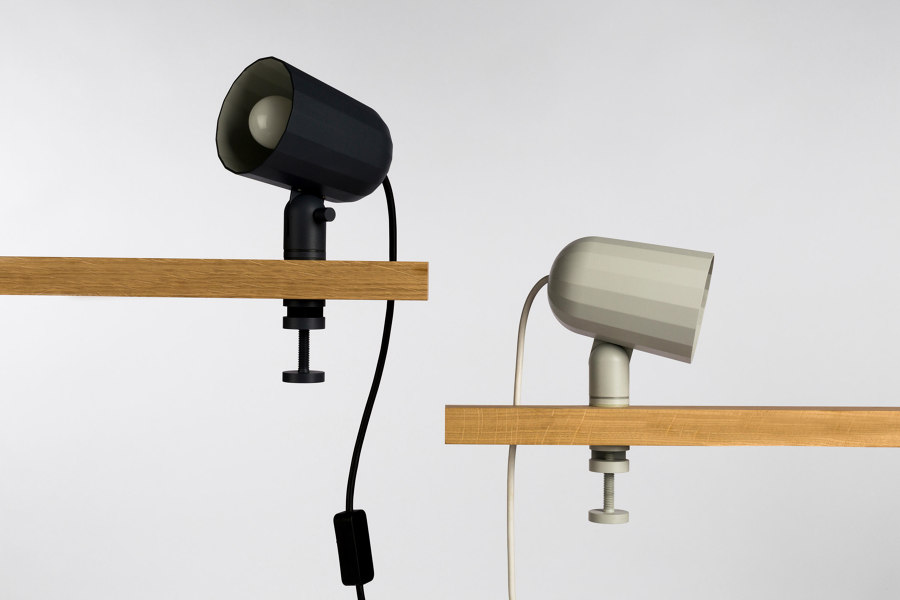
The Noc Wall light (top) brings light and character permanently to the edge of a space, while the Noc Clamp light (middle, bottom) allows users to move the light as often as they move furniture
×Unlock the light’s fixed permanence
The main issue with using fixed-installation wall lights as part of a room’s lighting scheme, is that once the lights are installed, the positioning of both lighting fixtures and furnishings are set in place. By electing for a less permanent mobile light, however, accompanying furniture remains free to move with it. The Noc Wall light by HAY, for example, is a simple, adjustable wall-installed task light, operated by its own button in the Noc Wall Button version’s base, or the Noc Wall’s dangled cable. But the characterful design is also available in a mobile version, too. Noc Clamp attaches itself with pleasure to various features common around the edges of a room, such as tabletops, shelves and headboards, allowing them to take the light with them when they move.
© Architonic
Head to the Architonic Magazine for more insights on the latest products, trends and practices in architecture and design.


